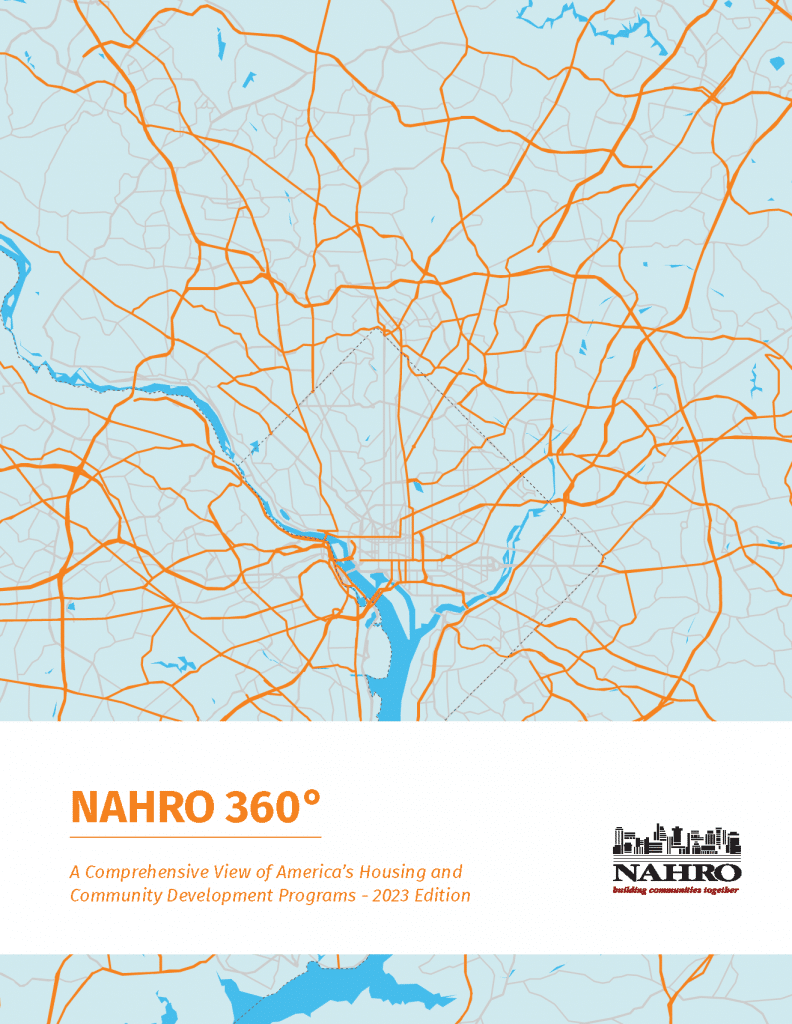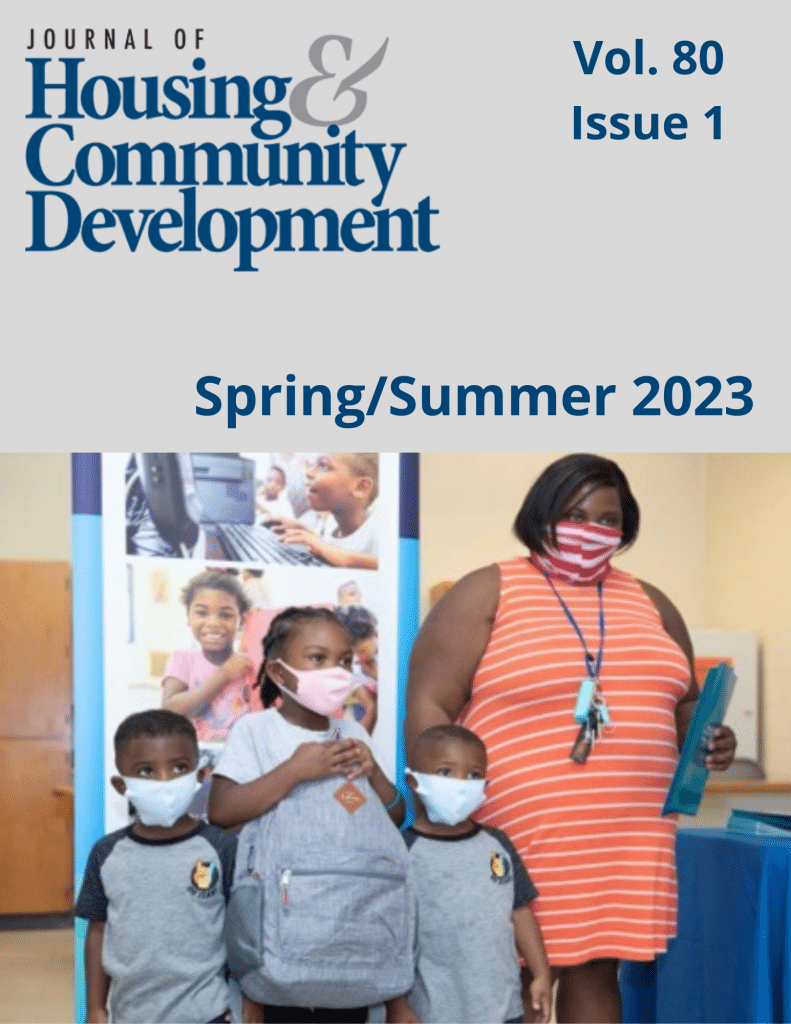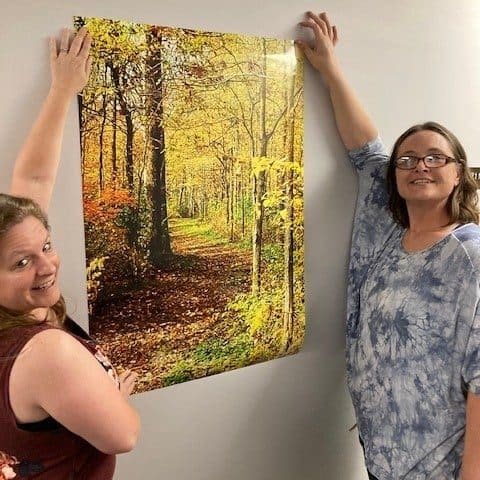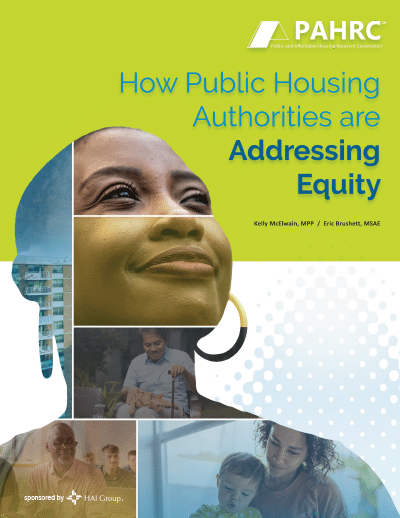NAHRO Releases First Ever NAHRO 360 Report

NAHRO released its first ever, NAHRO 360 report on July 15 at the 2023 Summer Symposium.
The report compiles and contextualizes disparate sources of existing data about programs that work to house and provide safe, secure communities for some of the lowest-income Americans into one document. Each year, numerous reports are released that focus on high-level housing issues across the country. These reports, however, do not closely examine the state of federally assisted rental housing and affordable housing creation and rehabilitation through programs such as the Low-Income Housing Tax Credit or the Rental Assistance Demonstration. This report aims to fill this gap.
The NAHRO 360 Report compiles data that focuses on the programs our members work with and the people those programs serve, will help shape NAHRO’s future Legislative and Regulatory Agendas, highlights additional data to Congress that supports our policies and priorities, educate the media and other important stakeholders on our programs, and become a marquee project released each year.
Public Housing
Public housing remains the oldest source of federally assisted affordable housing in the country. Public housing units are hard units that are required to remain affordable in perpetuity. Since its inception in the 1930s, public housing has evolved over time, but still provides critical housing to low-income families, seniors, and individuals with disabilities nationwide. Most residents of public housing spend 30% of their income on rent, making housing available to families that otherwise may not be able to afford a home. Based on federal performance metrics, Public Housing Agencies (PHAs) that manage and maintain public housing have operated the program effectively, especially when considering funding trends over the past decade. Underfunding of capital needs has created a considerable backlog that must be addressed to ensure public housing units are preserved for the future generations. Today, public housing remains a vital resource for low-income families and seniors – 37% of public housing units have families with children living in them and 39% of public housing units have an individual over the age of 62 as the head of household. Ensuring these units are preserved is necessary to continue providing housing to the lowest-income Americans.
Section 8 / Housing Choice Voucher program
The Section 8 Housing Choice Voucher program was enacted in 1974 and is another critical rental- assistance program for low-income Americans. The Housing Choice Voucher (HCV) program includes both tenant-based rental assistance and project-based rental assistance. Unlike the public housing program, the rental subsidy in the Section 8 program is tied to the tenant (although project-based assistance requires the tenant to live in a specific unit tied to assistance for at least one year). This allows families in the HCV program to interact in the private rental market. Typically, tenants pay 30% of their income to landlords for their portion of the rent, while PHAs, through federal subsidies, pay the remainder. The Section 8 program also includes Project-Based Rental Assistance (PBRA), a program similar to project-based vouchers, but different.
The HCV program is used by a diverse spectrum of people and 77% of the families on the program are extremely low-income. Tight rental markets nationwide have leasing units through the voucher program more difficult, which has impacted voucher utilization rates. Furthermore, rising rental prices have increased the average per unit cost for a voucher household, increasing the costs of the program. Keeping landlords in the voucher program, helping families use their vouchers to move to areas with access to quality services, like schools and jobs, and finding units for voucher recipients to lease all play a considerable part in the success of the HCV program.
Rental Assistance Demonstration
Recently, PHAs have been utilizing new programs that convert public housing units over to the Section 8 funding stream. Created as a mechanism to address the chronic underfunding of the public housing program, the Rental Assistance Demonstration (RAD) and Section 18 demolition/disposition options have become important tools for housing agencies to modernize and redevelop their public housing units. RAD simplifies the long-term recapitalization of public housing so that agencies can make capital improvements to public housing developments. Over 200,000 units of public housing have converted or are planning to convert through RAD. This has implications for how these units are funded moving forward and contribute to the declining number of public housing units nationally.
Homelessness
Homelessness in America continues to be a significant issue. In 2022, over 580,000 individuals were experiencing homelessness in the United States, with 40% of those being unsheltered. The Coronavirus Aid, Relief, and Economic Security (CARES) Act provided additional temporary funding to support housing homeless populations, which has helped to increase shelter beds across the country, although homelessness continues to rise. Other federal programs and initiatives, like the United States Interagency Council on Homelessness’ Federal Strategic Plan, are also being implemented to address homelessness across the country.
Community Development
Federal community development programs ensure that local redevelopment agencies are able to build strong, resilient communities regardless of socio-economic factors. HUD community development programs and initiatives, including the Community Development Block Grant, HOME Investment Partnerships Program, Housing Opportunities for Persons With AIDS, and the Housing Trust Fund help to increase affordable housing while thinking holistically about the communities the housing serves. Funding for community development programs have remained relatively level over the past few years but have seen decreases from previous decades.
Low-Income Housing Tax Credit
Considering current housing supply and affordability challenges, the Low-Income Housing Tax Credit (LIHTC) has become the one of the nation’s most successful tools for encouraging private investment in the creation and preservation of affordable rental housing. As of 2020, there were over 50,000 LIHTC projects nationwide. Developers receive a tax credit for building these developments but must ensure that a certain number of units remain affordable. Only a certain number of tax credits are issued per year, and due to the current need for new, affordable units, the program is oversubscribed. Statutory changes to the program are needed to ensure affordable housing developers and providers can continue to make use of this critical resource.

The NAHRO 360 Report can be found at: nahro.org/360.
More Articles in this Issue
The 2023 Public Housing Investment Update
The past two years for public housing investments saw unprecedented Congressional and HUD consideration of…In Case You Missed It: NAHRO Highlights from Spring and Summer 2023
Mark Thiele on Changemakers Podcast Back in May, NAHRO CEO Mark Thiele sat down with…Beautifying Buildings and More: The Collaboration Between NI ReACH and Eudora Baker
Eudora Baker is one of a 150 residents at Collier Gardens Apartments in Rockford, Illinois,…Promoting Equity: Five Strategies Public Housing Agencies can Use to Improve Resident Outcomes
Developing policies, practices, and partnerships that support equitable resident outcomes is a continuous goal for…- Yardi
Compliance Tech Adapts to HUD Changes
Yardi’s plans to help clients through HOTMA Spend time with professionals from the affordable housing… 2022 Award of Excellence Winners
In March 2023, the National Association of Housing and Redevelopment Officials (NAHRO) awarded 20 prestigious…




